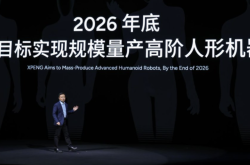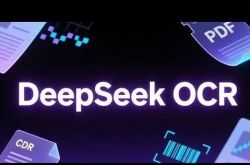Salesforce's AI-Driven Future: What Do China's Tech Giants Have in Store?
![]() 01/23 2025
01/23 2025
![]() 506
506

Will AI-driven recruitment halt become the norm by 2025?
'By 2025, Salesforce will cease hiring software engineers,' Salesforce CEO Marc Benioff revealed late last year. He attributed this to a productivity surge of over 30% among engineering teams, thanks to their AI agent Agentforce and other AI technologies. 'The engineering speed is astonishing.'
However, keen observers have noted that Salesforce's recruitment page still lists over 600 software engineer vacancies. Additionally, the company continues to expand its programmer base in regions like India.
At the end of the same year, Google CEO Sundar Pichai stated that AI generates a quarter of Google's code. The application of AI has led several Silicon Valley tech giants to reduce junior programmer positions. 'Programming as a profession may fade for the younger generation,' said NVIDIA CEO Jensen Huang.
In light of these global tech giants' actions and statements, what is the situation for China's major tech companies? Are programmers really at risk of losing their jobs?
01
AI-Generated Code: 30% in China's Tech Landscape?
For China's leading tech companies, this shift is not surprising, though their attitudes and actions vary.
'Currently, AI enhances Huawei engineers' efficiency by about 34%.' When asked about the impact of large models on college students' major and career choices, a Huawei process IT professional said at the end of 2024, 'We seldom talk about headcount reductions. Theoretically, if the workload remains constant, it implies a 34% decrease in the number of people writing code. However, our logic is that we can handle 34% more demands or shorten timelines by 34%.'
'In the future, large models might replace roles across the software development process. For instance, software testing might no longer require a dedicated person; the large model will directly assist in testing.' He predicts that in 5 to 10 years, the only human role left in the entire software development process might be supervision.
'If the large model's code contains violent content, humans, as supervisors throughout the software development process, will monitor these issues. The large model will handle the rest.'

'In this scenario, what is your core skill?' This individual told Digital Frontline, 'Currently, most people write code, but there's a trend where our software personnel are moving towards both ends, such as front-end architecture design, back-end operations and maintenance, SRE (Site Reliability Engineering), etc., which still require humans.'
Digital Frontline learned that Huawei's largest internal transformation project is called AI-assisted work, exploring how much efficiency can be gained when all roles are supported by AI and large models. Huawei's recruitment indicates a significant focus on algorithm and AI-related positions. 'Thus, your major and practical experience might need to be somewhat related to AI to facilitate employment,' said the aforementioned individual.
This assessment was echoed by a senior figure at Everbright Technology, a key supplier in the financial field. At Everbright Technology, the current adoption rate of code generated by large models exceeds 28%. Besides code assistants, Everbright Technology has also developed demand assistants, design assistants, and testing assistants. AI assistants cover nearly all aspects of the software engineering process.
However, compared to programming assistants, demand analysis and other aspects have higher thresholds. 'It's challenging for ordinary people to discuss demands, let alone AI. Everyone interprets a piece of text differently.' Thus, replacing other aspects isn't easy, and these assistants will continue to iterate and improve.

'In the future, one person will bring a bunch of assistants to demonstrate their productivity,' said the aforementioned individual. Executive tasks will be delegated to AI, allowing humans to focus more on defining and checking problems, tasks typically handled by mid-to-senior engineers. 'From this division of labor, junior programmers are most easily replaceable, and their proportion is currently the highest.'
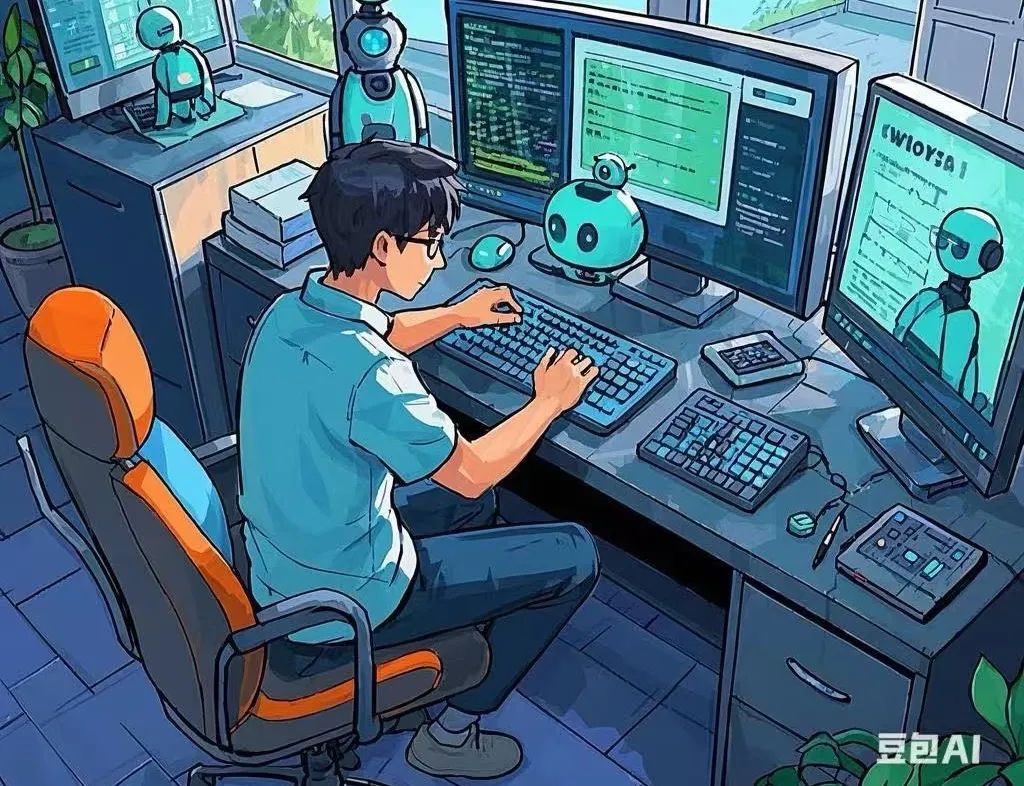
'At Alibaba Cloud, AI-generated code currently accounts for over 30% of the total code submitted by engineers daily. Since programmers don't spend 100% of their time writing code and spend considerable time interacting and confirming with AI, comprehensive calculations show a 10% to 15% efficiency improvement,' said Ding Yu, head of Alibaba Cloud Native Application Platform and Tongyi Lingma.
'In our view, human programmers' working methods will undergo significant changes,' said Ding Yu. AI excels at identifying facets and batch-processing tasks. 'Moreover, it can work tirelessly. I believe humans shouldn't compete with it in this regard. Human programmers should focus on what AI can't do, such as creativity, demand scenarios, agent programming, architecture design, domain modeling, or command and scheduling—arranging a team of AI programmers and making final confirmations and corrections.'
Ding Yu analyzed that these tasks lie at the intersection of the programming world and the real world, making them challenging for large models. Importantly, humans need to adapt and learn to program for AI—using AI as the primary force for programming. 'At Alibaba Cloud, Tongyi Lingma's monthly active user ratio has surpassed 82%. This means 82 out of every 100 engineers use Tongyi Lingma.'
02
Junior Programmers: Irreplaceable?
However, some software giants hold contrasting views. Softpower also developed a code assistant, serving programmers as a plugin. In some product lines, the adoption rate of automatically generated code has reached 70%. Nevertheless, a senior figure at the company said that not recruiting programmers or reducing junior programmer recruitment is 'unrealistic.'
'Many production accidents in enterprises stem from this,' he said. 'Even Salesforce isn't truly halting programmer recruitment.'
In some project quotes, the quotation for Salesforce engineers in India is only around RMB 3,000 to 4,000, significantly less than domestic engineers, contrary to common perception. Salesforce's propaganda is somewhat exaggerated.
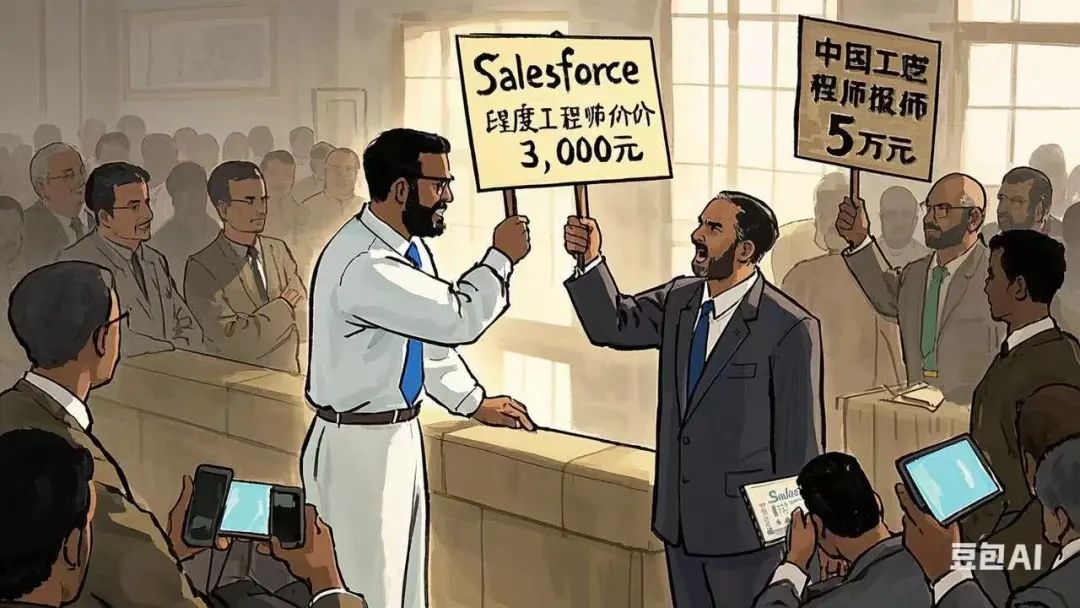
The aforementioned individual emphasized that the fundamental reason junior engineers can't be replaced is 'considering human nature.' In software development, they communicate with architects or designers to understand their position in the bigger picture. 'If you let a code assistant handle it, it won't consider your overall architecture or economic benefits. How can it do a good job then?'
Even if OpenAI launches GPT-4, the improvement to code assistants will be limited. 'If you lack depth and always stay at the code level, without clear communication with the business and architecture layers, achieving a 'benign replacement' is impossible.'
'I saw a demonstration at a conference where the requirement document was uploaded, and code was generated after 10 minutes. In reality, it might have been a pre-designed script,' the individual added.
'Human nature' is indeed a factor considered by many software giants. 'When we undertake a project at a company, the first step is business research, and currently, no one can do business research without humans,' analyzed Xu Hao, general manager of the Kingdee China Qingchong Platform Solutions Business Unit.
'The transformer we know only guesses based on a pattern. Its inner self isn't human; it doesn't understand your true intentions and won't have emotions. Therefore, it can't do product design, including architecture design and business design.'
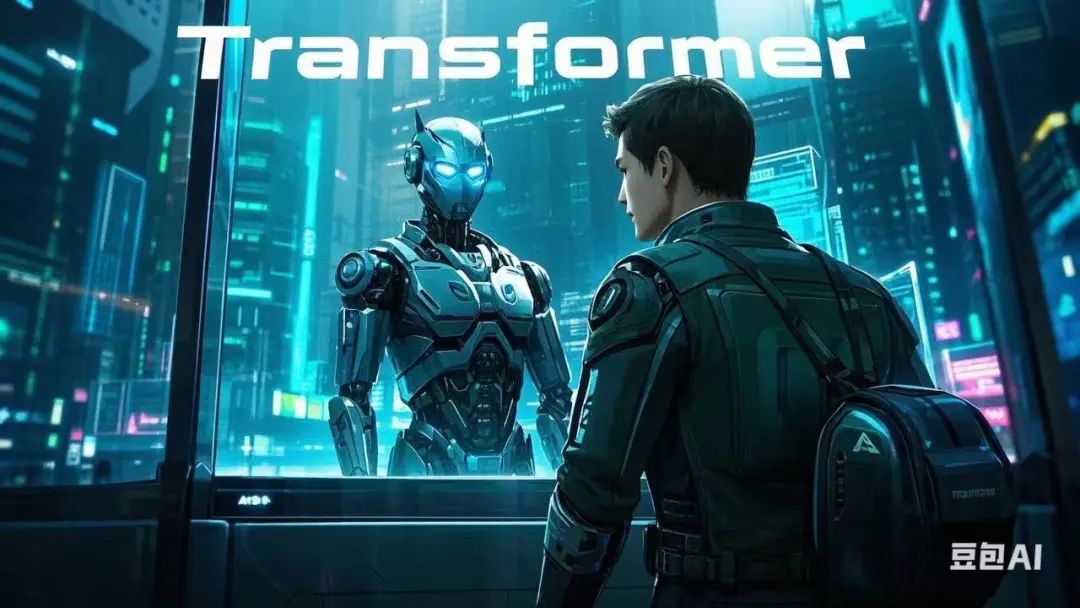
'Frankly speaking, modern programming is object-oriented and modeled, and it's already quite automated. These theories have been around for at least 20 years and aren't that mysterious, nor are they done by large models,' said Xu Hao.
This large model can enhance the interactive experience and simplify the learning process for programmers. Some junior programmers can use code assistants to quickly understand others' code, automatically generate comments, quickly consult websites, perform syntax checks, and generate documentation and images.
'Currently, code assistants still play an auxiliary role. This round of layoffs is inherently a structural adjustment by software companies, related to changes in AI tools, but the relationship isn't that significant,' Xu Hao told Digital Frontline. It's linked to the software industry's massive expansion in the previous few years, creating a situation similar to the 2000 Internet bubble.
'But one thing is clear: this round of AI's impact on programmers is that they need to shift from previous single-minded programming to architecture design, including application architecture, data architecture, business architecture, and technical architecture,' said Xu Hao.
'This round of AI will also allow senior programmers to withdraw from burdensome work to handle higher-level tasks,' said Xu Hao. He cited an example of a nationwide chain enterprise with over 100,000 stores experiencing system lag. How to solve this problem? It must be analyzed by a senior architect. This analysis has no pattern, meaning AI can't handle it.
Regarding the emergence of many code assistant procurement projects in the market, Xu Hao said that 10 years ago, it was called development platform procurement, 5 years ago, it was called low-code procurement, and now it's called AI development procurement. However, the work done by these AI assistants, 'ultimately, it's humans who decide whether it's right or wrong.'
After 2024, the industry is dispelling the mystique surrounding large models. Xu Hao believes that AI might be overestimated in the short term but has great potential to become the fourth industrial revolution or at least an IT technological revolution in the long run. Currently, large model technology requires scenario accumulation and abstraction, as well as integration with people's actual work and business behaviors, which is what companies including Kingdee are doing.
'Actually, when the large model first emerged, we seriously considered whether it could replace humans,' said Sun Ke, chair of the Baidu Intelligent Cloud Technology Committee. 'If you've seen the movie "Hugo," you might recall that during a period last century, people believed mechanical transmission gear robots could completely replace humans, and everyone was very worried. After the advent of computers, such worries have continuously emerged from generation to generation.'

'But we know there's such a curve. After each wave of cognitive euphoria, when it's truly implemented in reality, it's found that AI and machines are more of an assistance to humans,' said Sun Ke. 'The most important point is that human diversity and judgement are irreplaceable. Especially judgement, which gives humans continuous value.'
03
Encroachment and Reinvention
For engineers, understanding the evolution of AI programming is crucial. 'We believe it has three stages, from auxiliary programming to collaborative programming. We're currently in the stage of collaborative programming,' said Ding Yu of Alibaba Cloud. 'I can also spoil the next stage. Our direction of effort is autonomous programming. It starts by receiving demands, so the audience will instantly expand.'
At the end of 2024, 'AI programmers' were added to Tongyi Lingma. 'Some data suggests there are 9.4 million developers in China and 30 to 40 million globally, but from an internet user perspective, it's actually more than ten times that,' explained Ding Yu. In the future, AI programming should be generalized to every internet user, and there will be many 'one-person companies' where one person leads a team of AI programmers to create products.
'I believe for some universal demands, we might see significant results in three years,' Ding Yu further said. For complex enterprise-level projects, the current progress of AI programming is relatively slow. However, he predicts a feasible path for the latter is human programmers working with AI programmers to implement in modules, domains, and steps. This not only satisfies humans' controllability over the entire system, including architecture design and domain design, but also ensures that repetitive and deterministic tasks are efficiently generated by AI.
Currently, there's also a trend where, due to the support of multimodal large models, visual design can be directly 'given' to large models, and end-to-end results are achieved through code generation and code testing assistants. For programmers, there used to be a clear division of labor. The emergence of large models has blurred this boundary to a certain extent. If you can't do front-end, just leave it to the large model. Programmers then become full-stack engineers.
'We've seen the procurement and transaction records over the past six months. The transaction volume and amount of code-related model applications are both at the forefront, which is interesting. Perhaps programmers are a group that loves trying new things,' observed Sun Ke of Baidu Cloud. The code adoption rate of Wenxin Kuaima within Baidu has reached 46%.

Currently, engineers from four distinct industries have taken the lead. Firstly, the financial sector, particularly banks and securities firms, which have a high demand for coding tools. Secondly, the pan-tech or internet industry, owing to its large pool of coders. Additionally, traditional software development enterprises and the manufacturing industry, particularly the automotive and industrial sectors, also feature prominently due to their significant number of programmers.

The relationship between engineers and code assistants can be described as one of 'growing together.' Sun Ke remarked, "In my view, there are at least three distinct offerings in the market. The first, and more common, is the addition of plugins in the IDE (Integrated Development Environment), serving as a companion for programmers. The second goes a step further, aiming to assist programmers in automating more of their coding tasks within the IDE. Lastly, there's a rather radical approach that starts from the product requirement document and automatically generates various elements for programmers to work with."
"Our current aspiration is to address the entire development process of a project for programmers," said Sun Ke. Last fall, Baidu enhanced its ERNIE BotCode platform.
While AI programming is indeed "nibbling away" at programmers' roles, it's intriguing to note that in 2024, Meta launched an "Alumni Portal," allowing laid-off employees to reapply for jobs, including software positions. Previously, Meta had laid off 25% of its workforce. Notably, most of the positions Meta is now recruiting for are entry-level. Reports suggest that some returning employees are being offered reduced salaries. The impact of AI on programmers remains a dynamic and evolving landscape.




